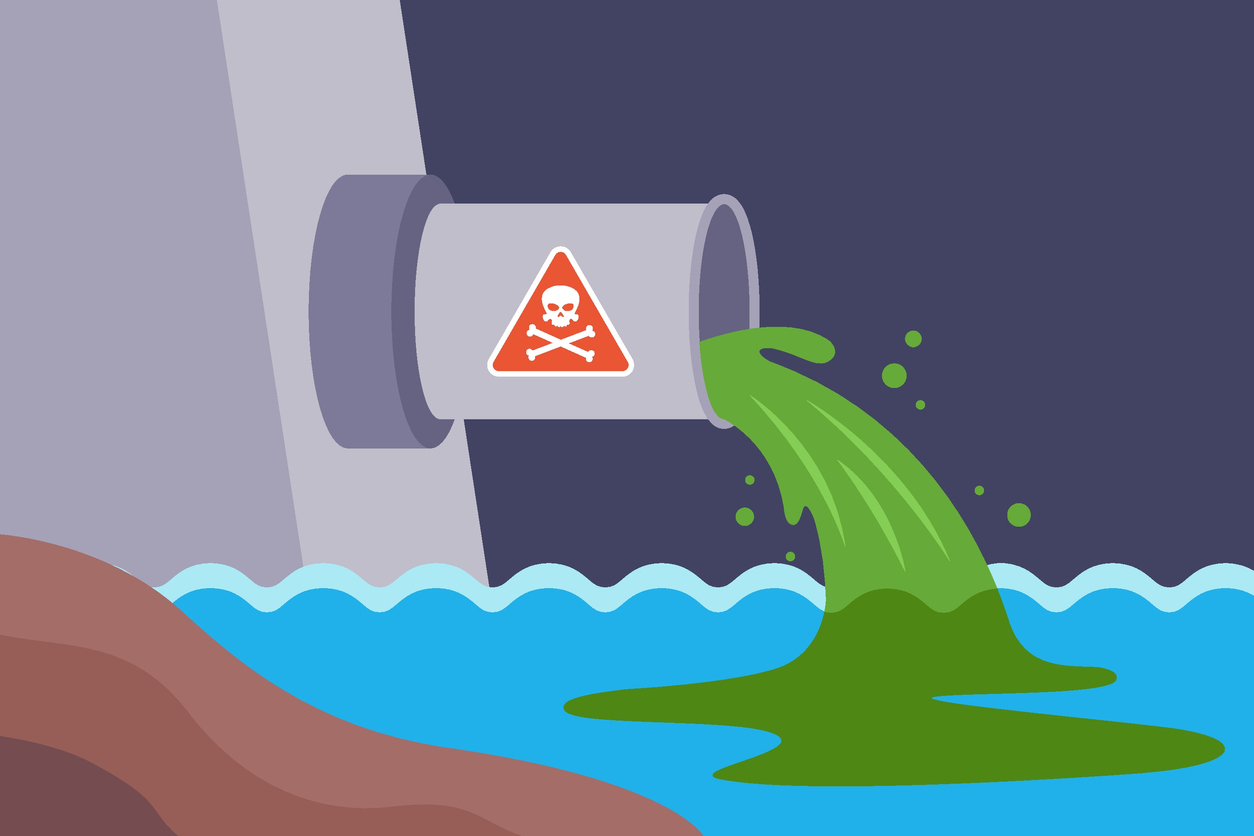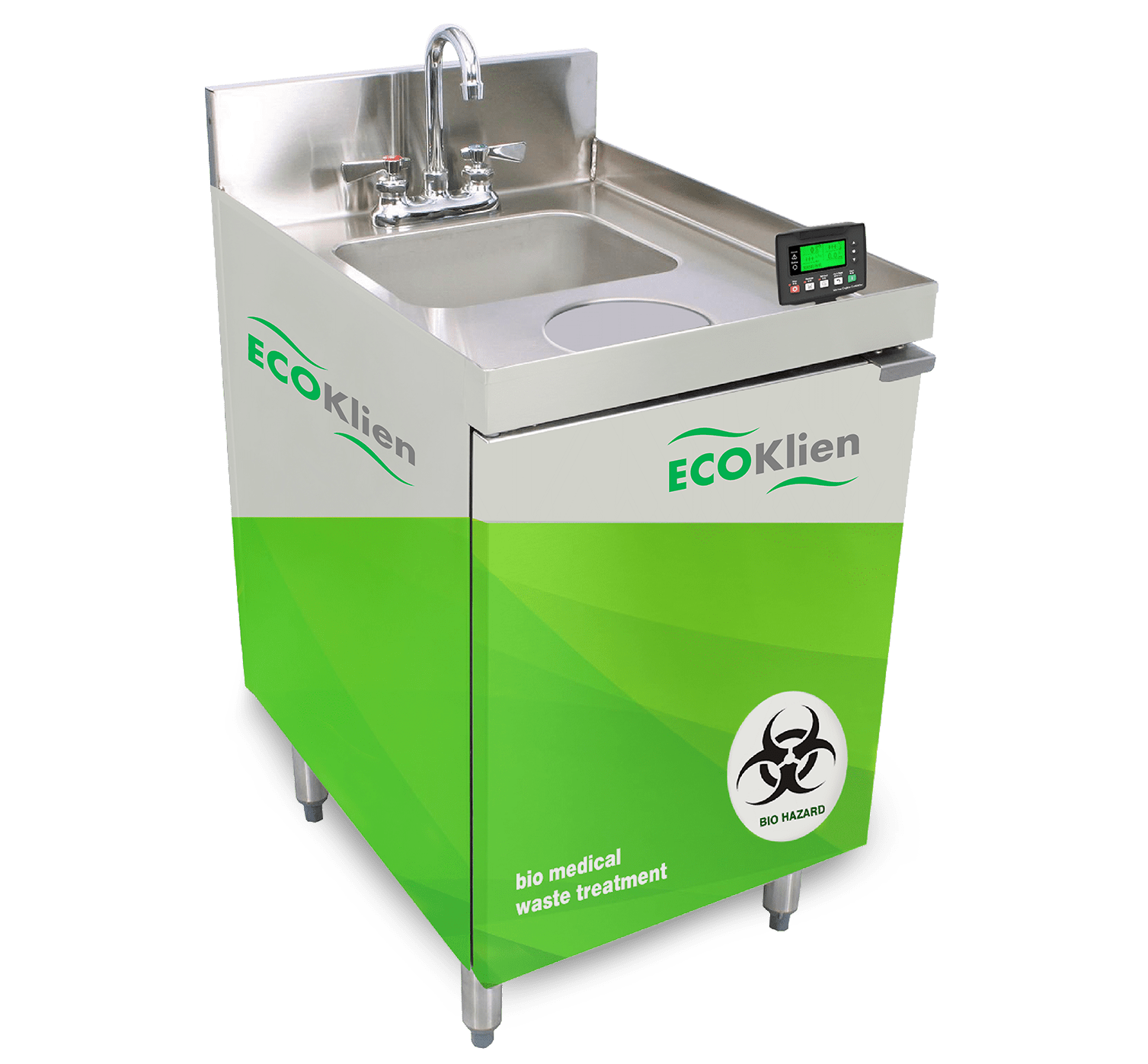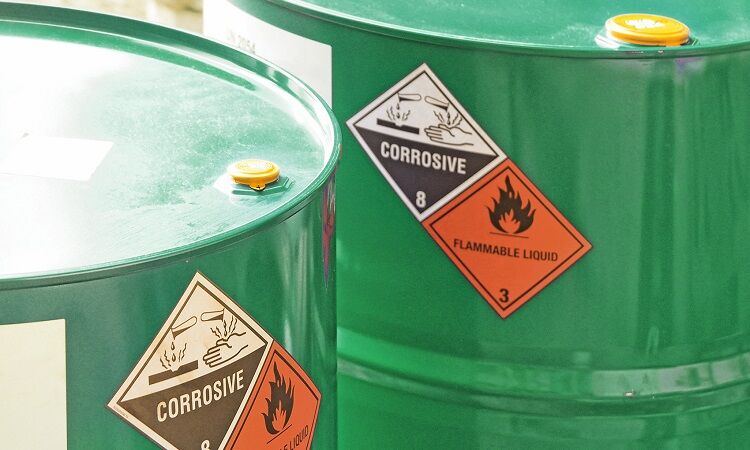Leading Industrial Wastewater Treatment Solutions: Making Sure Conformity and Effectiveness
Leading Industrial Wastewater Treatment Solutions: Making Sure Conformity and Effectiveness
Blog Article
Just How Fluid Waste Disposal Works: A Detailed Review of Strategies and Technologies Utilized

Introduction of Fluid Waste Kind
The intricacy of fluid waste kinds requires a complete understanding of their features and effects for disposal. Fluid waste can extensively be categorized into several types, consisting of commercial, metropolitan, farming, and contaminated materials. Each classification exhibits distinct residential or commercial properties, requiring specific monitoring approaches to alleviate environmental and health risks.
Industrial fluid waste originates from manufacturing procedures and commonly includes a range of impurities, such as hefty metals, solvents, and natural compounds. Community fluid waste, mostly comprising wastewater from houses and industrial establishments, has organic matter, nutrients, and virus (industrial wastewater treatment). Agricultural liquid waste, consisting of overflow from ranches, may contain plant foods, pesticides, and pet waste, presenting risks to water top quality and communities
Hazardous fluid waste is characterized by its poisoning, reactivity, or possible to cause injury. This category consists of substances like acids, bases, and particular chemicals that necessitate strict handling and disposal methods. Comprehending these varied liquid waste types is crucial for establishing effective disposal techniques and ensuring compliance with ecological regulations. Appropriate category and characterization are vital for applying suitable therapy strategies and reducing the negative effect on public health and the atmosphere.
Physical Treatment Techniques

Screening is the first action, where larger fragments and particles are eliminated from the liquid waste making use of screens or grates. In sedimentation tanks, larger bits settle at the base, developing a sludge layer, while the clarified fluid can be further treated.
Purification is one more important approach that includes passing the liquid with permeable materials, such as sand or membrane layers, to catch smaller sized particles. This step enhances the high quality of the liquid, making it appropriate for subsequent therapy procedures.

Chemical Therapy Techniques
Chemical therapy techniques are crucial for efficiently taking care of liquid waste, specifically in attending to liquified and colloidal pollutants that physical approaches may not appropriately eliminate. These strategies utilize different chemical representatives to reduce the effects of, speed up, or change dangerous materials into much less harmful types.
One common technique is coagulation and flocculation, where chemicals such as alum or ferric chloride are contributed to promote the aggregation of put on hold fragments. This process improves sedimentation, permitting for easier removal of the resulting sludge. In addition, oxidation processes, employing agents like chlorine or ozone, are used to break down complex organic compounds and microorganisms, providing the waste more secure for discharge or further treatment.
Neutralization is one more essential technique, which adjusts the pH of acidic or alkaline waste streams to neutral levels, stopping possible injury to downstream systems and the setting. Furthermore, advanced oxidation processes (AOPs) utilize combinations of oxidants and ultraviolet light to break down relentless toxins, attaining a greater degree of therapy performance.
Organic Therapy Procedures
Organic therapy procedures play a crucial role in the management of liquid waste by utilizing microorganisms to break down organic issue and lower impurity degrees. These processes can be extensively categorized into anaerobic and aerobic therapies, each using certain microbial neighborhoods to accomplish efficient waste degradation.
Aerobic therapy entails the usage of oxygen to assist in the break down of organic products by microorganisms. This process is typically implemented in turned on sludge systems, where oygenation containers offer a conducive environment for microbial development, causing the oxidation of organic toxins. The resultant biomass can be divided from treated effluent via sedimentation.
In comparison, anaerobic treatment takes place in the lack of oxygen, relying upon different microorganisms to break down natural matter. This method is specifically beneficial for high-strength waste, as it generates biogas, an eco-friendly energy resource, while minimizing sludge production. Technologies such as anaerobic digesters are regularly utilized in municipal and commercial applications.
Both aerobic and anaerobic biological therapies not just minimize the ecological impact of fluid waste however likewise facilitate source recovery, making them necessary components of lasting waste management methods. Their flexibility, performance, and efficiency support their prevalent implementation across different fields.
Emerging Technologies in Disposal
Ingenious techniques to fluid waste disposal are rapidly progressing, driven by advancements in technology and an increasing focus on sustainability. Amongst these arising technologies, membrane bioreactors (MBRs) have acquired traction for their capability to incorporate organic therapy with membrane layer filtration, resulting in top notch effluent that can be recycled in numerous applications. MBRs make it possible for smaller sized impacts and more efficient operations compared to Recommended Reading conventional systems.
One more appealing advancement is the use of anaerobic digestion integrated with nutrient healing innovations, which not only treats liquid waste but also generates biogas and recovers valuable nutrients like nitrogen and phosphorus. This dual advantage boosts source performance and lowers ecological effect.
Furthermore, advanced oxidation processes (AOPs) are being adopted for the degradation of intricate natural toxins. These techniques use powerful oxidants and catalysts to damage down pollutants at the molecular level, providing a highly reliable remedy for additional resources difficult waste streams.
Furthermore, the combination of fabricated intelligence and device learning in waste administration systems is optimizing operational performance and predictive upkeep, causing decreased costs and boosted environmental conformity. These innovations reflect a substantial change towards even more sustainable and reliable liquid garbage disposal methods.
Verdict
In final thought, effective fluid waste disposal necessitates a comprehensive understanding of various strategies and innovations. By continuously progressing these methodologies, it becomes possible to attend to the expanding challenges linked with fluid waste, eventually contributing to environmental security and resource look at this now healing.
Fluid waste disposal is an essential facet of ecological monitoring, needing a comprehensive understanding of different strategies and innovations tailored to various waste types. Fluid waste can extensively be classified into several kinds, including commercial, community, agricultural, and unsafe waste. Agricultural liquid waste, including drainage from farms, may contain fertilizers, pesticides, and animal waste, presenting dangers to water high quality and environments.
Different physical treatment techniques play an important function in managing liquid waste effectively - industrial wastewater treatment.In conclusion, effective liquid waste disposal requires a thorough understanding of numerous strategies and innovations
Report this page